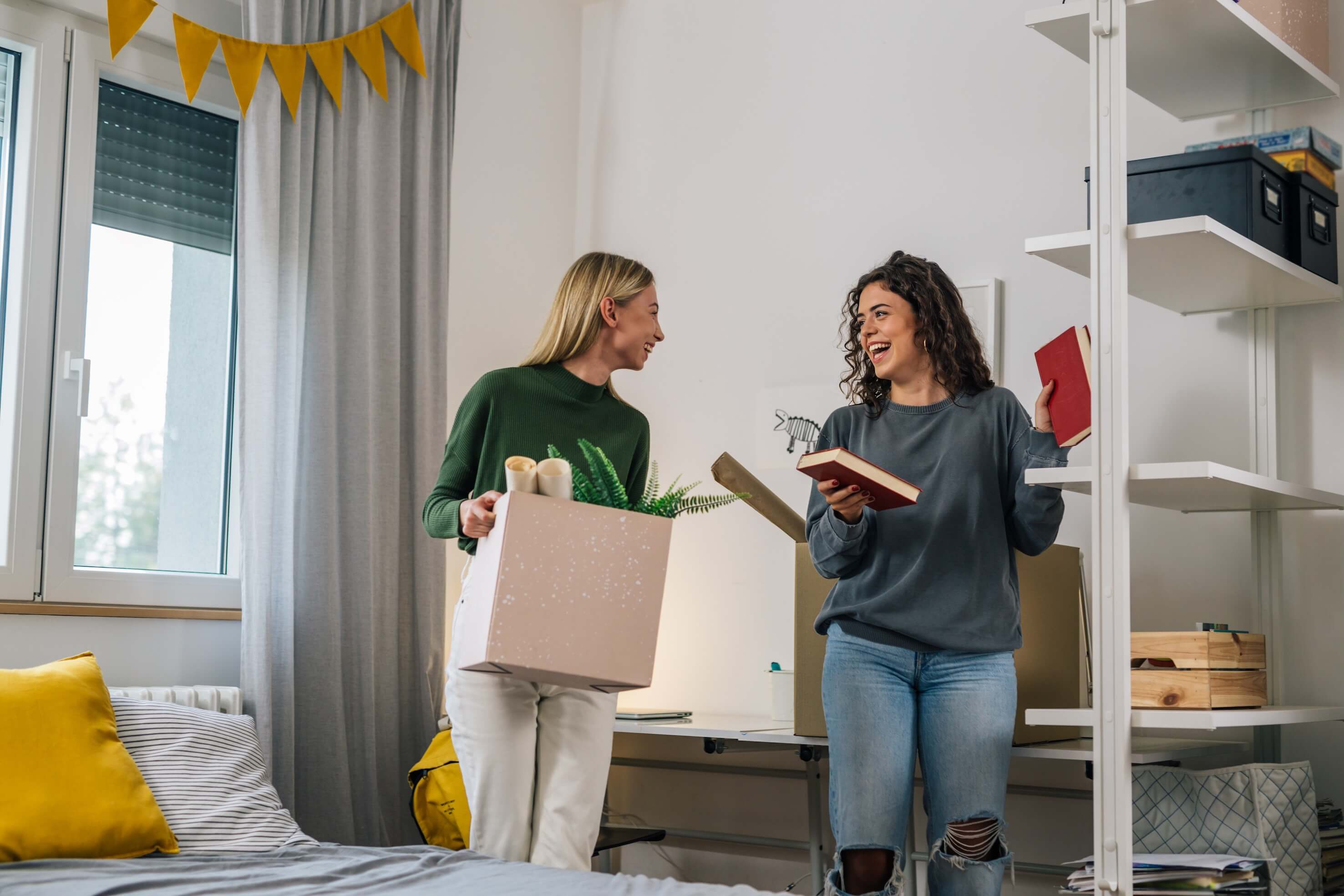What to Look for When Renting a One-Bedroom Apartment

Starting the Search: It's Not Just About Price
Looking for a one-bedroom apartment can be a mix of excitement and frustration. One place has great natural light but a strange layout. Another fits your budget but smells like it's been closed up for a month. The challenge isn't just finding a place that checks boxes, it's finding one that makes sense for your daily life.
So how do you figure out what really matters? Let's walk through it.
Budget Check: More Than Just the Rent
The monthly rent is only part of the picture. That number in the listing doesn't include everything, and the real cost can catch you off guard if you're not careful.
Think about:
- Utilities: Are they included, or are you responsible for electric, water, gas, and trash?
- Internet and cable: Do you have options, or is the building tied to one provider?
- Additional fees: Pet rent, application fees, parking, laundry, elevator deposits... these add up.
Don't forget to factor in renters insurance. It's usually inexpensive, but it's not optional if the lease requires it. Planning for these expenses upfront helps you avoid surprises later.
Layout Over Square Footage
People often focus on square footage, but how the space is used matters more. A well-designed 600-square-foot apartment can feel more functional than a poorly laid-out one with more space.
Take one bedroom apartments in Denver, Colorado like the ones at Station A, for example. Some of their layouts include open kitchens with islands, private patios, and even options for king-size beds—things that can make a big difference in how a space actually works for day-to-day life.
Ask yourself:
- Can you cook without feeling boxed in?
- Is there enough closet space?
- Can your furniture actually fit?
Pay attention to natural light, ceiling height, and how the rooms flow. An awkward layout will get more annoying over time, even if the place looks fine at first glance.
Neighborhood Matters More Than You Think
Even the nicest apartment can be hard to live in if it's in the wrong spot. Consider your routine. How long is your commute? Are there grocery stores nearby? Do you feel safe walking home at night?
Use real tools like SpotCrime to check safety stats, and don't ignore social cues. Read reviews, check neighborhood forums, or talk to people who live in the area. Visit at different times of day if you can. Morning calm can turn into late-night noise depending on the block.
What to Watch For During a Visit
Photos can be flattering. The real test is the in-person walk-through. Use all your senses.
Things to check:
- Smell: Musty? Overly scented? Neutral is best.
- Temperature and airflow: Is the place stuffy or drafty?
- Water pressure: Turn on the faucets.
- Outlets: Bring your phone charger and test a few.
- Cabinets and corners: Look for signs of pests or moisture.
Don't hesitate to open drawers, flush toilets, or run the shower. You're not being rude, you're being smart.
Amenities: Convenience or Just Flash?
Rooftop decks and lounge areas look great in the brochure, but how often do people really use them? It depends on your habits.
Think about what you'll actually need:
- In-unit laundry: Worth prioritizing if you hate hauling clothes down the hall
- On-site gym: Useful if it's equipped, not just a treadmill and a mat
- Pet features: Are there pet relief areas or just a "pet-friendly" checkbox?
Also look into package lockers or mailroom setup if you get deliveries often. Some buildings make that easy, others turn it into a daily hassle.
Lease Terms You Should Actually Read
Lease agreements aren't fun to read, but you have to do it. That five-minute skim can cost you later.
What to look for:
- Rent increases: How often can they raise it, and by how much?
- Repair response: Who handles what, and how quickly?
- Subletting: Are you allowed to have someone else move in temporarily?
- Guests: Believe it or not, some leases limit guest stays
And ask about early termination. Life changes. It helps to know the process and penalties before you get caught in a tough spot.
Last Thing: Trust What Feels Right
This might sound subjective, but it's not nothing. You're going to live there. Day in, day out. The place should feel like a space you can settle into.
If something feels off, even if it looks fine on paper, ask why. It might be the lighting, the noise, or something you can't quite explain. Don't ignore it. On the other hand, if you find a place where the layout works, the numbers check out, and you can see yourself actually enjoying a quiet evening or cooking dinner there—that's worth serious consideration.
Take your time if you can. Don't rush the decision just because the process is exhausting. A little patience up front can save you a lot of stress later.
Published 8/7/25